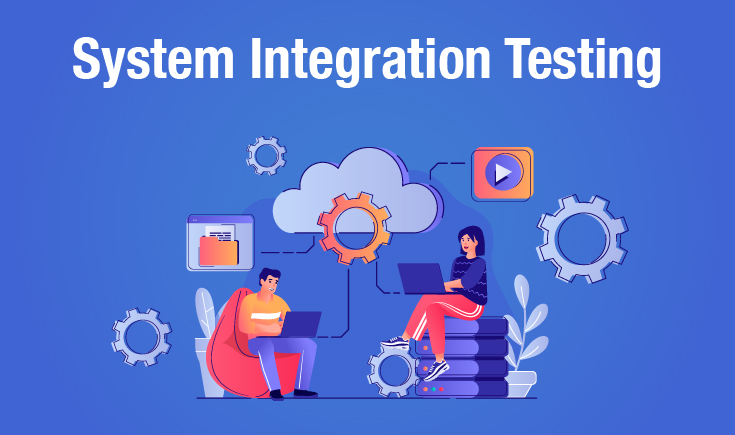In today’s complex digital economy, where businesses rely on a web of interconnected systems, system integration testing (SIT) has grown to be an essential procedure. Its primary objective is to guarantee that various system elements function properly together to deliver seamless end-to-end operations. However, there are many barriers to a successful SIT that could endanger the integration process overall if they are disregarded. This article examines five common mistakes that organizations should avoid during SIT testing.
1. Overlooking System Dependencies and Interfaces
Systems rarely operate in a vacuum; rather, a multitude of interfaces and dependencies connect them. If these intricate relationships are not taken into consideration, integration testing may lead to incomplete validation and sometimes disastrous results. The meticulous mapping of system interfaces, data transfers, and interdependencies is vital to ensure comprehensive testing and validation of the interactions among all components.
2. Inadequate Test Data Management
The quality and applicability of test results are the most important factors in determining a project’s success. Relying exclusively on test data that is erroneous, and insufficient, as well as out-of-date might result in deceptive conclusions that minimize potential problems and instill a false sense of security. Reliability and quality of integration testing depend on effective test data methodologies. Data masking, data provisioning, and the development of representative data sets are a few of these tactics.
3. Neglecting Non-Functional Requirements
Functional testing is unavoidably necessary, but ignoring non-functional factors could have dire consequences. Non-functional needs, such as usability, performance, security, and scalability, need to be carefully considered during system integration testing. Ignoring these factors could make it difficult for systems to adapt to changing business requirements, cause them to fall short of user expectations, or compromise data integrity.
4. Insufficient Test Coverage and Prioritization
Extensive test coverage is the cornerstone of successful system integration testing. If a comprehensive set of test cases isn’t developed that takes into account a range of scenarios, edge cases, and integration points, then important functionality can remain untested. Furthermore, improper resource allocation could damage time-to-market and postpone the delivery of features with a significant impact if test cases are not prioritized.
5. Inadequate Testing Environment Configuration
Misconfigured testing environments can be a serious error that puts system integration testing in serious danger. If the production environment, which contains the precise hardware specifications, and software versions, along with data configurations, is not faithfully replicated, test results may be misleading as well as unreliable. False positives have the ability to jeopardize the integrated solution’s successful implementation, whereas false negatives may mask underlying issues and provide the appearance of security. This error jeopardizes the integrity of the testing process in addition to posing a significant risk to the production deployment.
Conclusion
Organizations can more confidently and precisely manage the intricacies of system integration testing by tackling these five typical errors. Opkey makes difficult System Integration Testing simpler, allowing ecosystems to coexist more smoothly. Its AI-driven platform works with Oracle NetSuite to automate end-to-end testing for integrated apps like Shopify. The seamless operation of inventory sync validations between frontend e-trade and backend ERP is made viable through pre-built take a look at accelerators and self-healing capabilities. Opkey provides dependable, low-maintenance SIT that covers mobile apps, websites, ERPs, and more with thorough test coverage.



